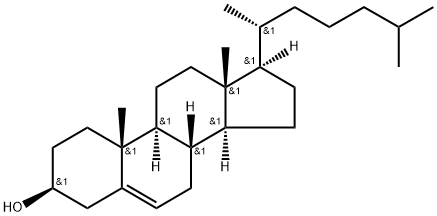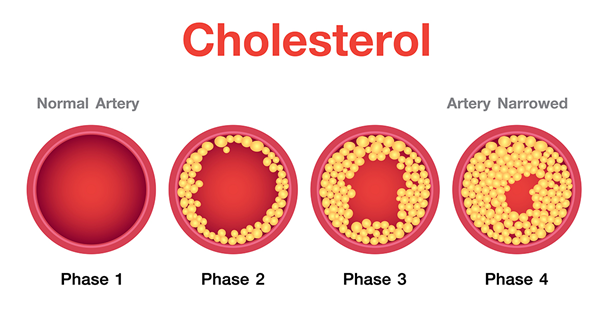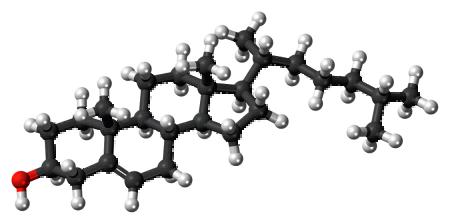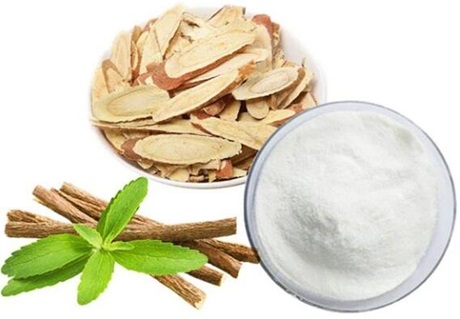Understanding Cholesterol: Insights and Implications for the Chemical Industry
Introduction
Cholesterol is a vital lipid molecule, ubiquitous in animal cells. It plays a critical role in maintaining cell membrane integrity and serves as a precursor for the synthesis of various essential biomolecules, including steroid hormones, bile acids, and vitamin D. Due to its significant biological functions and profound impact on human health, cholesterol has been a subject of extensive research, particularly concerning its involvement in cardiovascular diseases and its regulatory role in cellular processes.
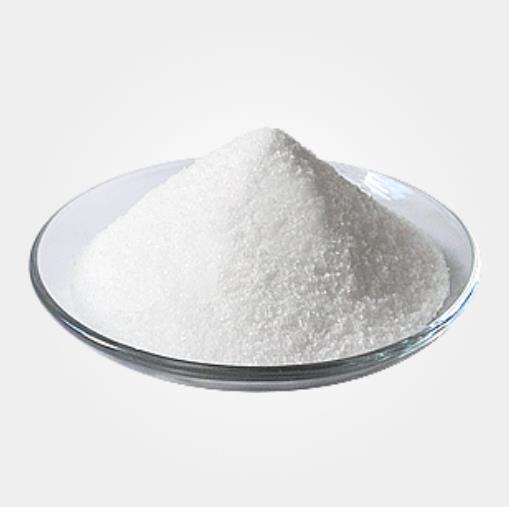
Figure 1 Characteristics of Cholesterol
The synthesis method of Cholesterol
Cholesterol synthesis is an intricate biochemical process that takes place primarily in the liver, accounting for approximately 80% of the total cholesterol produced by the body. The pathway involves multiple enzymatic reactions, starting with the conversion of acetyl-CoA to HMG-CoA, followed by its reduction to mevalonate, which is a key regulatory step catalyzed by the enzyme HMG-CoA reductase. This process highlights the complexity of cholesterol's biosynthetic pathway and has been a target for therapeutic intervention, notably by statins, which are HMG-CoA reductase inhibitors used to lower blood cholesterol levels.
Main Components
Cholesterol itself is a waxy, fat-like substance, essential for many biological processes. Structurally, it is composed of four hydrocarbon rings forming the steroid structure, a hydrocarbon tail at one end, and a hydroxyl group at the other end, making it an amphipathic molecule. This amphipathic nature allows cholesterol to interact with both the lipophilic and hydrophilic environments, playing a vital role in modulating the fluidity and functionality of cell membranes.
Applications
Beyond its biological roles, cholesterol is also pivotal in various industrial applications. It is utilized in the manufacture of steroid hormones, including cortisone and progesterone, and the cosmetics industry for the production of skin creams and lotions due to its emollient properties. Cholesterol is also used in research laboratories as a component in lipid bilayer studies, which are crucial for understanding cell membrane structure and function[2].
In addition to its use in the pharmaceutical and cosmetics industries, cholesterol finds its application in the food industry as well. It is used as a stabilizer in the production of certain food additives and can serve as an important component in fortified foods, aiming to enhance nutritional values. Cholesterol derivatives, such as cholesterol esters, are utilized in the production of flavor enhancers and other food additives that improve the texture and stability of processed foods.
Moreover, cholesterol is integral to the development of advanced medical diagnostics. It serves as a calibration standard in lipid research and is crucial for developing lipid profile tests, which are used to determine the risk of cardiovascular diseases in individuals. These applications underscore cholesterol's versatility and its importance beyond traditional roles, reflecting its potential for broader impact in various sectors of the chemical industry.
Storage Methods
Storing cholesterol, particularly in a laboratory setting, requires careful consideration to maintain its stability and prevent oxidation. Cholesterol should be stored in a tightly sealed container under nitrogen to avoid air exposure, kept at a temperature of -20°C, and protected from light. These conditions help preserve the integrity of the molecule during storage and ensure its efficacy for further use.
Conclusion
Cholesterol continues to be a compound of immense interest due to its complex role in biological systems and its implications for human health. Its intricate synthesis pathway, structural components, and broad utility in both biological and industrial contexts highlight the cholesterol molecule as a cornerstone in the fields of biochemistry and medicine. Advances in understanding cholesterol's synthesis and function not only provide insights into fundamental biological processes but also pave the way for innovations in treating cholesterol-related diseases and enhancing industrial applications. As research evolves, the chemical industry remains at the forefront of exploring cholesterol's potential, promising new developments in medical and technological fields[3].
![Article illustration]() References
References
[1]Steinberg D, Parthasarathy S, Carew T E, et al. Beyond cholesterol[J]. New England Journal of Medicine, 1989, 320(14): 915-924.
[2]Mouritsen O G, Zuckermann M J. What's so special about cholesterol?[J]. Lipids, 2004, 39(11): 1101-1113.
[3]Kuzu O F, Noory M A, Robertson G P. The role of cholesterol in cancer[J]. Cancer research, 2016, 76(8): 2063-2070.
You may like
Related articles And Qustion
See also
Lastest Price from Cholesterol manufacturers

US $0.00-0.00/kg2025-04-22
- CAS:
- 57-88-5
- Min. Order:
- 1kg
- Purity:
- 99%
- Supply Ability:
- 20MT

US $0.00/KG2025-04-22
- CAS:
- 57-88-5
- Min. Order:
- 1KG
- Purity:
- 0.99
- Supply Ability:
- 1000KG
